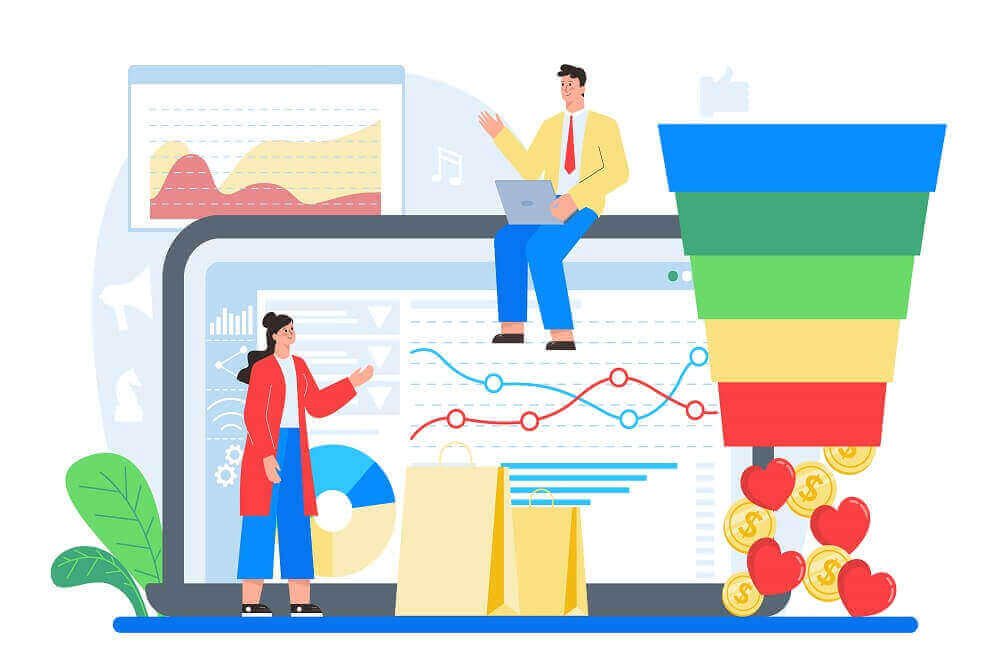


This blog dives into the techniques of demand forecasting that help businesses make smarter, more adaptable decisions.
Demand forecasting helps businesses plan their inventory, production, and finances to meet customer needs without overspending. The right balance between accuracy and flexibility is key to staying competitive in today’s fast-changing markets. This blog dives into the techniques of demand forecasting that help businesses make smarter, more adaptable decisions.
Demand forecasting means predicting how much of a product or service customers will need in the future. Businesses use it to avoid running out of stock or wasting resources on overproduction. With the right forecast, companies can meet customer expectations, plan operations, and grow profits.
But how do businesses balance precise predictions with the flexibility to adapt to sudden changes? The answer lies in understanding and applying the right techniques of demand forecasting.
Accurate demand forecasting helps businesses:
There are different methods businesses can use, depending on their goals, data availability, and market conditions. Let’s explore the main techniques of demand forecasting.
Qualitative techniques rely on expert judgment and market insights rather than numerical data. These methods are particularly useful for industries or products that lack historical data, such as new market entrants or innovative product launches.
Quantitative techniques depend on numerical data and statistical models to predict demand. These methods are often used by businesses with substantial historical data to identify patterns and make data-driven decisions.
Modern businesses are increasingly turning to advanced techniques of demand forecasting to stay competitive. These methods leverage technology to enhance accuracy and flexibility.
Artificial intelligence (AI) and machine learning have revolutionized demand forecasting. Platforms like thouSense use AI to process massive datasets and provide accurate, real-time predictions.
Causal models analyze external factors that influence demand, such as economic conditions, competitor activities, or marketing campaigns. These models provide a more comprehensive view of demand by incorporating variables beyond historical sales data.
Getting demand forecasting right is all about balance. Being too rigid might lead to missed opportunities while being too flexible can result in unreliable predictions.
thouSense is an AI-powered tool designed to make demand forecasting easier and more effective. Here’s why it’s a game-changer:
Even with advanced tools, demand forecasting has its challenges.
Demand forecasting is essential for business success, helping companies plan better and meet customer needs. The right mix of techniques of demand forecasting ensures businesses stay accurate and flexible. Tools like thouSense make it easier to navigate the complexities of forecasting, providing real-time insights and adaptable solutions. By adopting modern tools and following best practices, businesses can thrive in today’s fast-paced markets.
